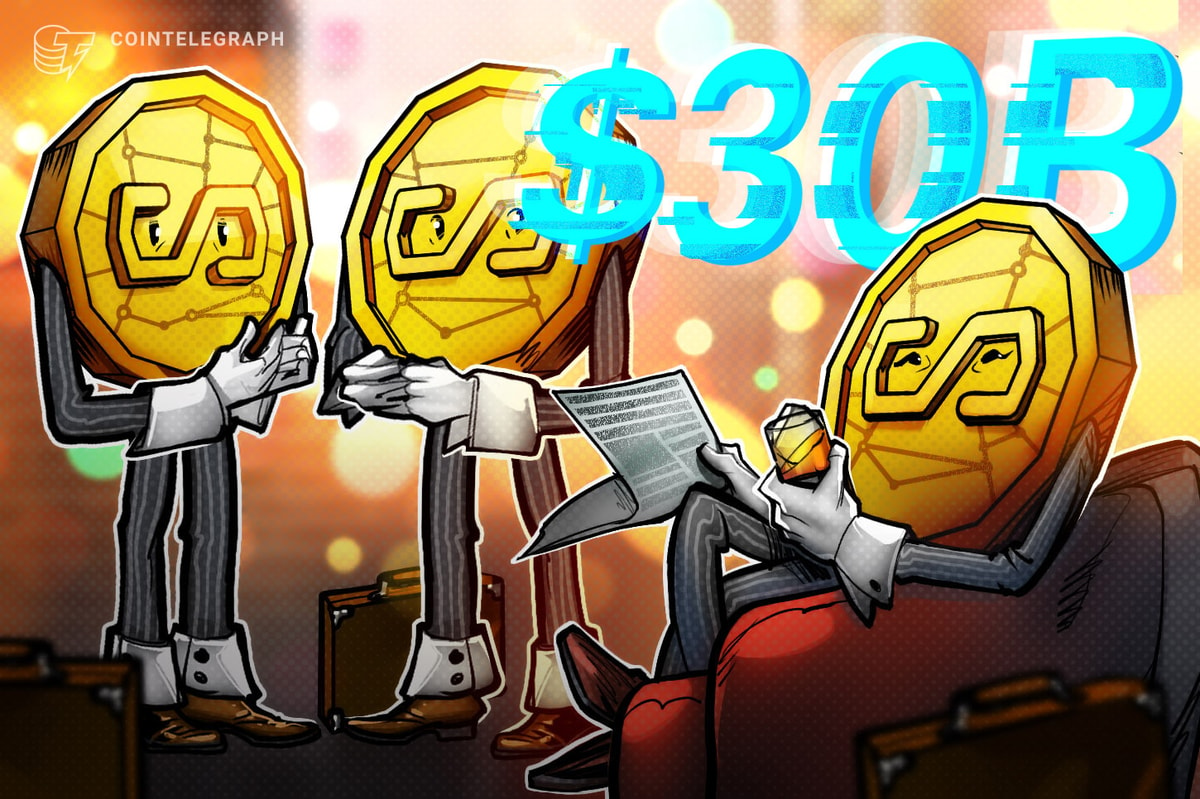Ethereum’s Underperformance in the Cryptocurrency Market
Ethereum (ETH) has continued to underperform in the broader cryptocurrency market, trading below $1,800 after falling 4% in the past 24 hours. Despite a strong start to the year, where the crypto market experienced bullish momentum, ETH has failed to sustain its upward trajectory.
Decline in Network Activity and Weakening On-Chain Fundamentals
Since slipping below the $3,000 level, the asset has largely ranged downward and has now breached the $2,000 support zone, signaling weakening demand and sentiment. While Bitcoin and other major digital assets still managed to see some recovery efforts in recent weeks, Ethereum’s price decline has been accompanied by decreasing network activity and weakening on-chain fundamentals.
Divergence in Performance
This divergence has raised concerns over ETH’s short-term outlook and prompted a fresh analysis of the underlying causes driving the asset’s performance.
Fee Decline and Network Inactivity Fuel Inflationary Pressures
CryptoQuant analyst EgyHash recently published a report highlighting key on-chain metrics that suggest Ethereum’s current market weakness is closely tied to its declining fee economy and user activity. According to the report, Ethereum’s network is experiencing its lowest levels of activity since 2020. Daily active addresses have declined steadily since early 2025, and average transaction fees have dropped to record lows. This reduction in activity has led to a sharp fall in Ethereum’s burn rate, a metric crucial in offsetting inflationary pressures following the network’s transition to proof-of-stake.
The Dencun upgrade, which was expected to enhance network efficiency, has coincided with an extended period of low transaction volumes, further reducing fee income and contributing to higher net ETH issuance.
Ethereum’s Total Supply
EgyHash concludes that the confluence of weak network engagement, reduced burn rate, and high token inflation is central to Ethereum’s declining valuation.
Technical Outlook Signals Potential Support
Despite on-chain headwinds, some technical analysts maintain a cautiously optimistic view. Trader Courage, a technical analyst on X, noted that Ethereum is currently testing a major support zone and could rebound toward the upper resistance of its current trading range. Another market analyst, CryptoElite, shared a long-term ascending trendline that ETH has respected historically. Based on this trend, the analyst believes ETH could still have the potential to rally to $10,000 later in the year, provided broader market conditions improve.
Conclusion
Ethereum’s underperformance in the cryptocurrency market has raised concerns over its short-term outlook. The decline in network activity and weakening on-chain fundamentals have contributed to the asset’s declining valuation. However, some technical analysts believe that Ethereum may be testing a major support zone, which could lead to a rebound in the asset’s price.
FAQs
Q: What is driving Ethereum’s underperformance in the cryptocurrency market?
A: Ethereum’s underperformance is driven by a decline in network activity and weakening on-chain fundamentals, including a sharp fall in burn rate and high token inflation.
Q: What is the impact of the Dencun upgrade on Ethereum’s network efficiency?
A: The Dencun upgrade has coincided with an extended period of low transaction volumes, further reducing fee income and contributing to higher net ETH issuance.
Q: What is the potential for Ethereum to rally in the long term?
A: Some technical analysts believe that Ethereum could still have the potential to rally to $10,000 later in the year, provided broader market conditions improve.
Q: What is the current sentiment around Ethereum’s short-term outlook?
A: The current sentiment around Ethereum’s short-term outlook is cautious, with some analysts expressing concerns over the asset’s declining valuation and weak on-chain fundamentals.








![Crypto Will Remain Boring Until… [COMING SOON] Crypto Will Remain Boring Until… [COMING SOON]](https://i.ytimg.com/vi/bi_kJKY1K8M/hqdefault.jpg)

